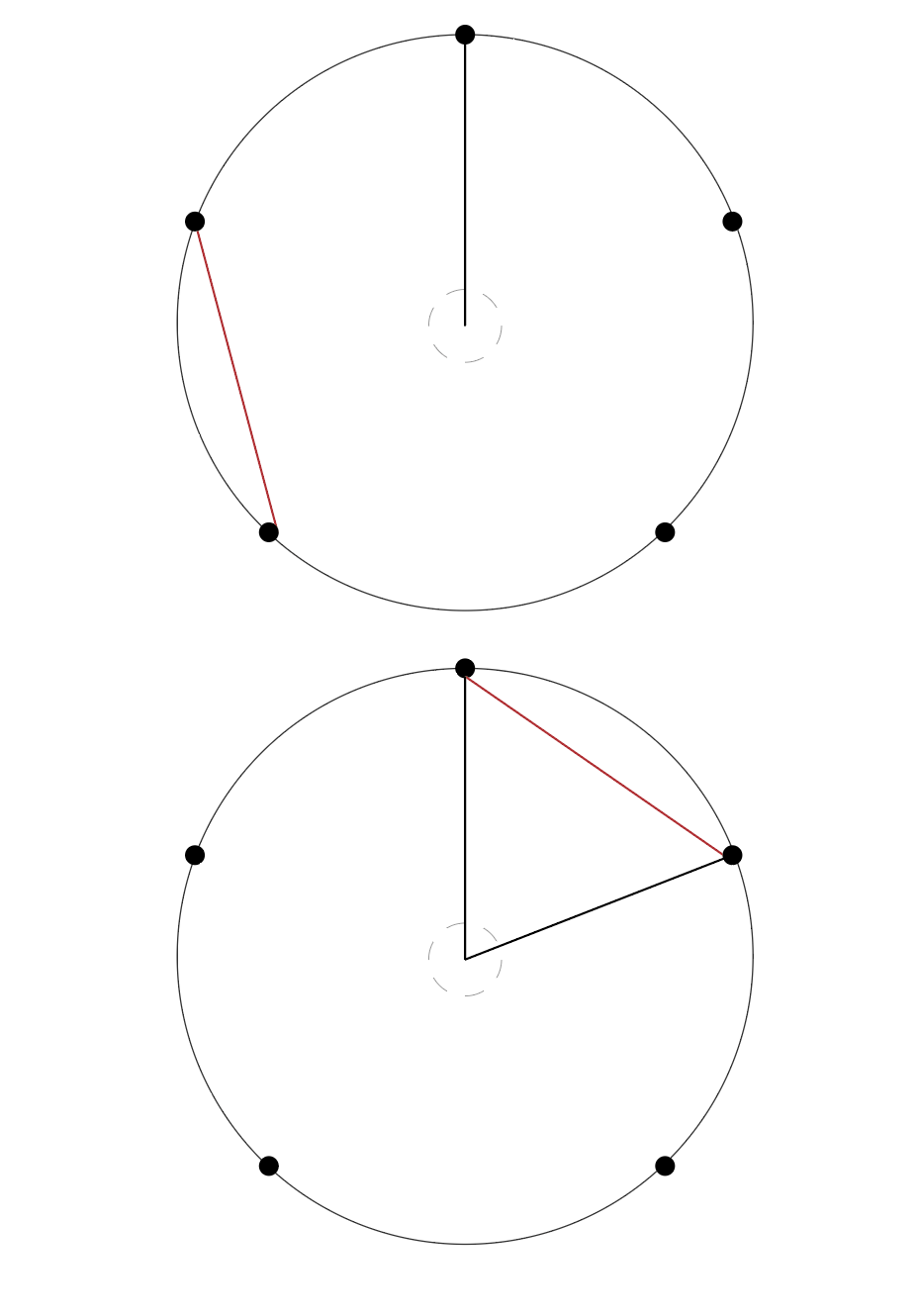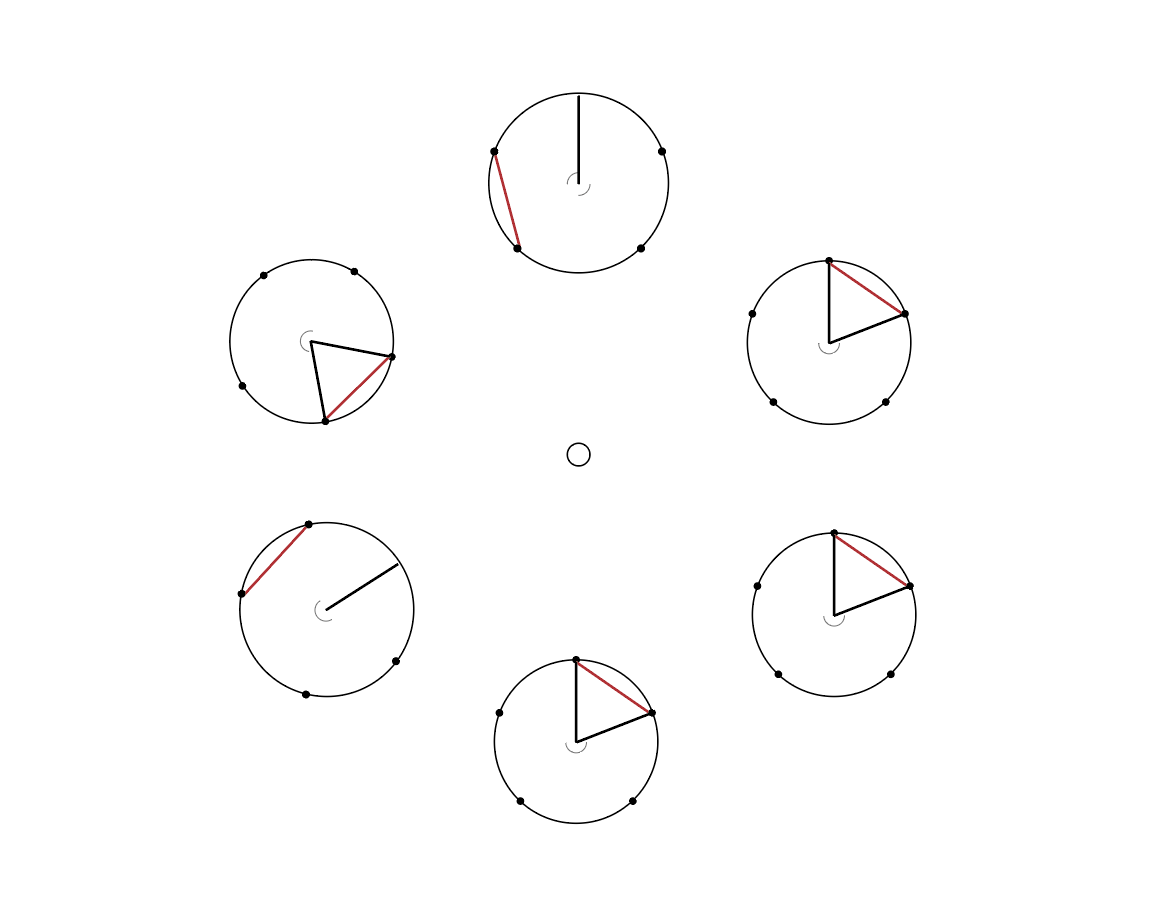INtial Exploration
Strengths:
Exploration of Emotions via Text allows for us to dissect and observe the change in one’s emotional state over a period of days. We do not need to personally know someone but rather just have access to the information on their devices, to have a perception of their intimate self.
Weakness:
Not visually powerful enough. The use of circles signify closure and was not ideal in exploring multiple relationships.
Idea 1: (Sculpture)
Topographical Map,
2-Dimensional to 3-Dimensional
Web-Like Structure with both Peaks And Valleys.
(Areas of Concentration of both Positive and Negative Emotions)
Centre, Neutral line representing the timeline or days.
Digital/Physical Visualisation.
Inspiration


Idea 2 : Mixed Media
Simpler but possibly more visually powerful
Creating a Visual Map:
By using Identified Texts —> Assigning Emotion to it —> Looking at Date/Day Text was sent —> Look at Phone Gallery/Social Media to find Image/Tweet saved/liked on Corresponding Date.
To try and visualise if there is any correlation between the intimate interactions we have online vs the more subtle interactions we make with social media in itself. See if there is any pattern in the type of image that is generated or comes up for any particular emotion.
Do the emotions we feel and show via our texts influence the content we interact with on social media or vice versa?
16 October
Emotion: Vulnerability
Text: ‘Please keep it to yourself’
Tweet Liked:

Image Saved on Gallery:

Outcome:
Creating a detailed visual database of the relationships we involve in, in the virtual world. Proof of Concept that our Devices provide access to our most intimate and private thoughts/feelings and that these information can be publicly accessed. Archiving information over a period of days, and then connecting the days with similar imagery to see if there is any correlation between emotion and type of social media ‘trace’ within the same day.






